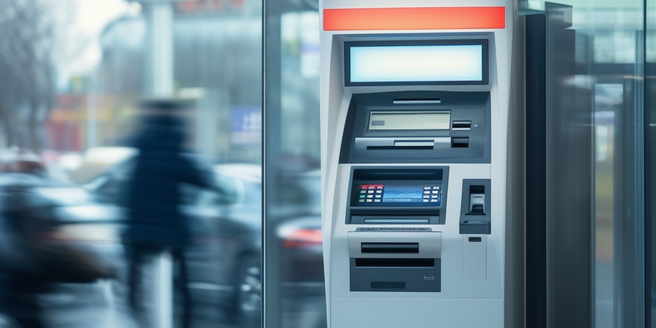
Understanding Credit Card Fraud and Theft
Credit card fraud and theft occur when unauthorized entities gain access to your card information to make purchases or withdraw funds. This can happen through physical theft, data breaches, or online scams. To protect yourself, it’s essential to be aware of how these threats manifest. Thieves might use card skimmers at ATMs and gas stations to capture your information, or they might engage in phishing scams that trick you into providing personal details. It’s also important to use strong, unique passwords for your online banking accounts. Regularly monitoring your accounts and understanding common tactics can help you spot fraudulent activities early, enabling you to act swiftly. Reporting any suspicious activity to your bank is crucial for minimizing potential damage.
Implementing Strong Passwords and Security Measures
Creating robust passwords is a fundamental step in securing your credit card information. A strong password typically includes a mix of uppercase and lowercase letters, numbers, and special characters, making it difficult for hackers to guess. Avoid using easily accessible information such as birthdays or common words. Regularly updating your passwords and using different passwords for different sites can add an extra layer of security. It’s crucial to remain vigilant and recognize potential cyber threats to ensure the safety of your data. As technology evolves, so do hacking techniques, necessitating constant awareness and adaptation. Consider using a password manager to keep track of your credentials securely. This proactive approach reinforces your defenses against unauthorized access to your financial information.
Utilizing Two-Factor Authentication for Transactions
Two-factor authentication (2FA) is an effective security measure that adds an additional verification step to your transactions. By requiring a second form of identification, such as a temporary code sent to your mobile device, 2FA makes it much harder for unauthorized users to access your accounts. In today’s digital world, securing your online presence is more important than ever. Many banks and financial institutions offer 2FA as an optional security feature, so enabling it can provide an extra layer of protection. This method not only protects your online transactions but also offers peace of mind by ensuring that even if someone gains your password, they cannot complete transactions without the second factor.
Monitoring Account Activity and Setting Alerts
Regularly checking your account activity can help you detect unauthorized transactions quickly. Most banks offer the ability to set up alerts for specific types of transactions, ensuring you’re immediately notified of any suspicious activity. This proactive approach can give you peace of mind, knowing that you’ll be the first to know if something is amiss. By configuring alerts for purchases above a certain amount or for transactions taking place outside of your geographic area, you can gain timely insights into your account’s activity. Additionally, reviewing your bank statements thoroughly each month allows you to catch any discrepancies. Proactively monitoring your accounts can prevent small unauthorized transactions from escalating into significant financial issues.
Safely Using Credit Cards Online and Offline
When using your credit card, whether online or offline, practice caution and follow best security practices. Online, ensure that you’re shopping at reputable sites and that the web address begins with ‘https’, indicating a secure connection. It’s also a good idea to enable multi-factor authentication whenever possible for an added layer of security. Avoid using public Wi-Fi for financial transactions as it may be susceptible to interception. Offline, keep your card within sight when making purchases to reduce the risk of card cloning. Regularly updating your browser and using antivirus software also help protect against malware that targets financial data. By staying vigilant, you can significantly reduce your risk of credit card fraud.
